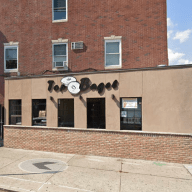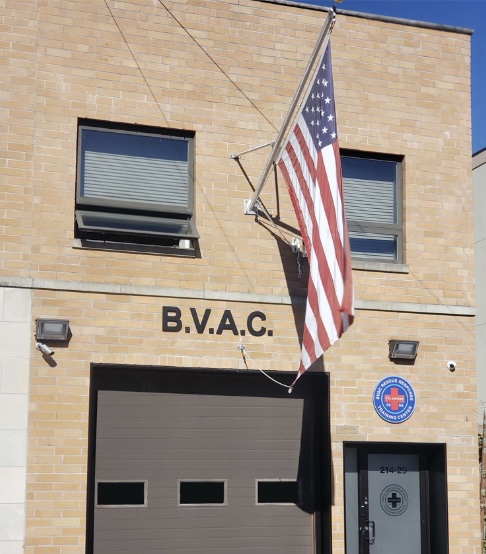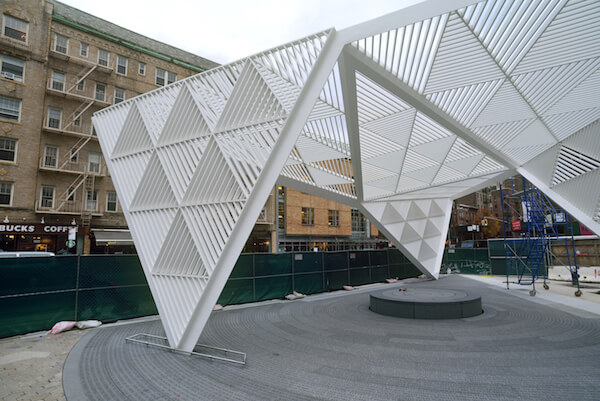By Philip Newman
The Metropolitan Transportation Authority said it would make public this Thursday the plan to deal with its financial crisis, which a published report said would end service on two subway lines and bring longer waits for straphangers on buses and subways.
The report said the W and Z subway lines would be scrapped as part of the MTA’s doomsday plan to lay off 1,500 transit workers and cut in half service on the G and M subway lines, among other cutbacks.
Jeremy Soffin, MTA deputy director for media relations, said Tuesday that details would be announced two days later at the MTA monthly board meeting.
“The MTA began belt tightening long before the current financial crisis, and budget cuts start with further significant administrative and managerial cuts,” Soffin said.
“As we have said previously, plummeting tax revenues have increased the MTA’s deficit to $1.2 billion. The size of the deficit will also require a combination of the fareâ„toll increases and service cuts, which will be presented Thursday.”
Reacting to a report that the W subway might be cut entirely, City Councilman Peter Vallone Jr. (D−Astoria) said the W, which runs between Astoria and Whitehall Street in Manhattan, must be saved.
“Astoria is one of the fastest growing neighborhoods in the city and its trains are already overflowing with passengers,” Vallone said. “To cut the only service to this neighborhood in half would be choking the breath out of this community,” Vallone said.
The MTA’s financial crisis is the result of several factors, including the cooling real estate market, falling tax receipts and the agency’s borrowing of some $22 billion to pay for capitol plan projects, including the Second Avenue subway ($13 billion) and the East Side Access ($7.7 billion) to bring Long Island Rail Road trains into Grand Central Terminal. Both are scheduled to be finished in 2015.
The MTA thrived for several years – and even at one point reported a surplus − to a large extent from taxes on real estate transactions before the realty market began to decline. Tax receipts began a precipitous decline with the onset of the economic downtown.
The cost of construction also rose due to a worldwide building boom with prices of concrete and steel rising sharply.
































